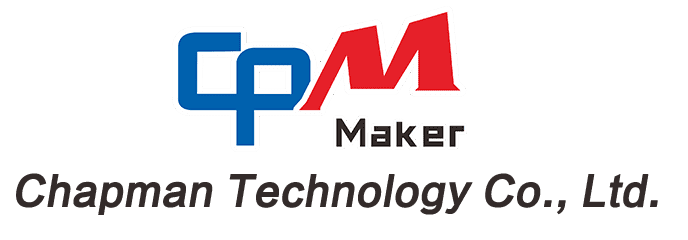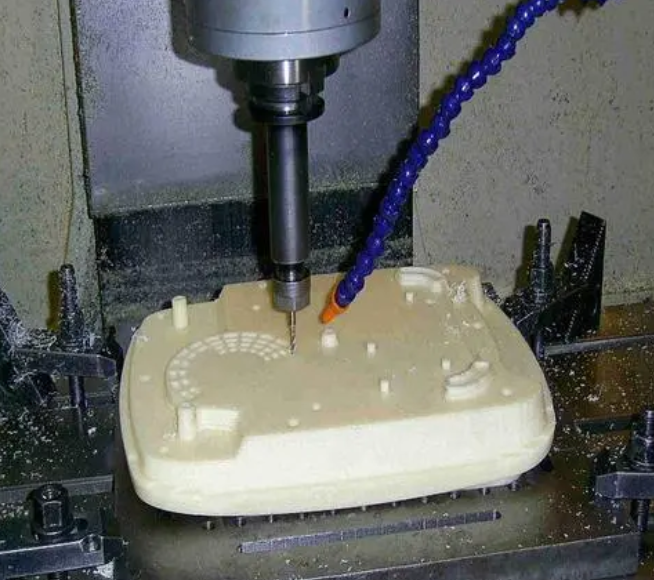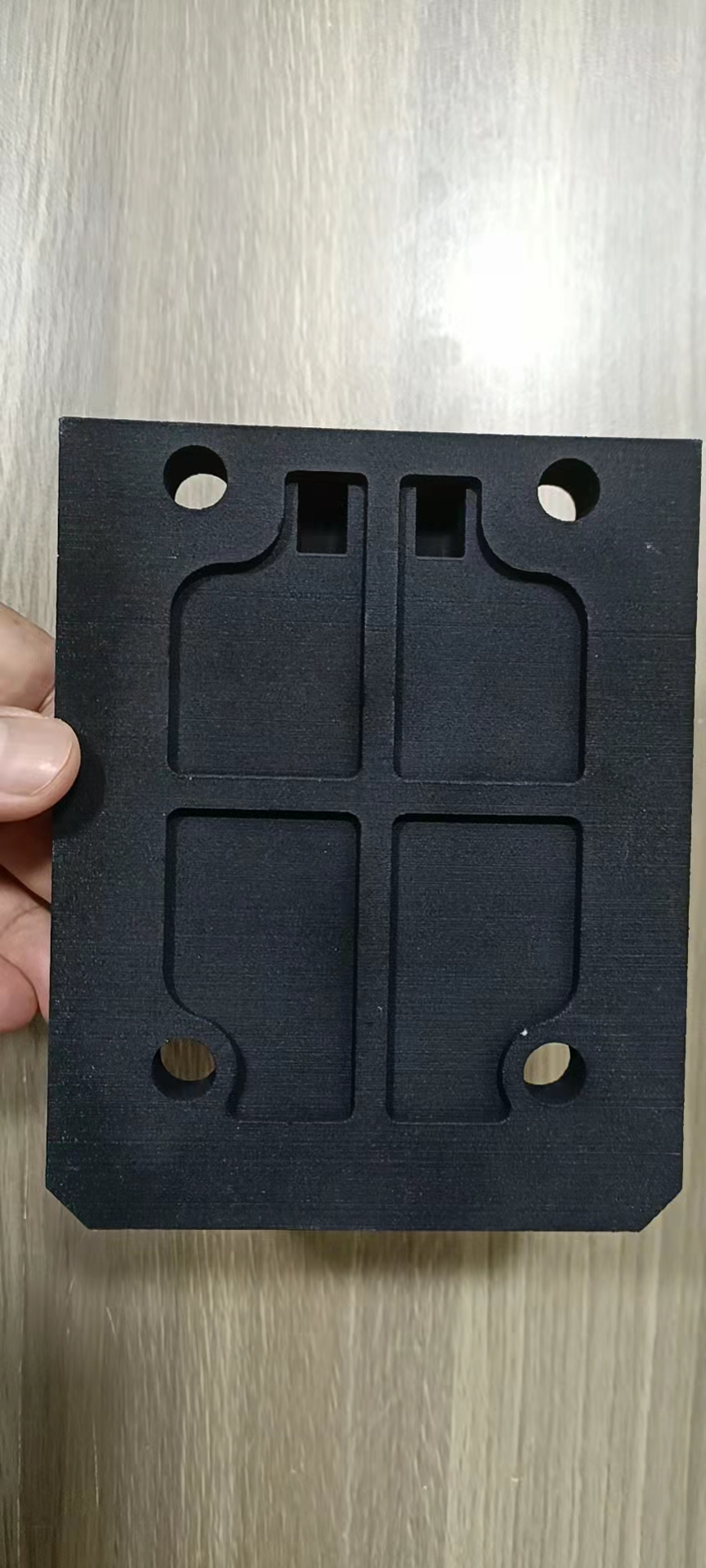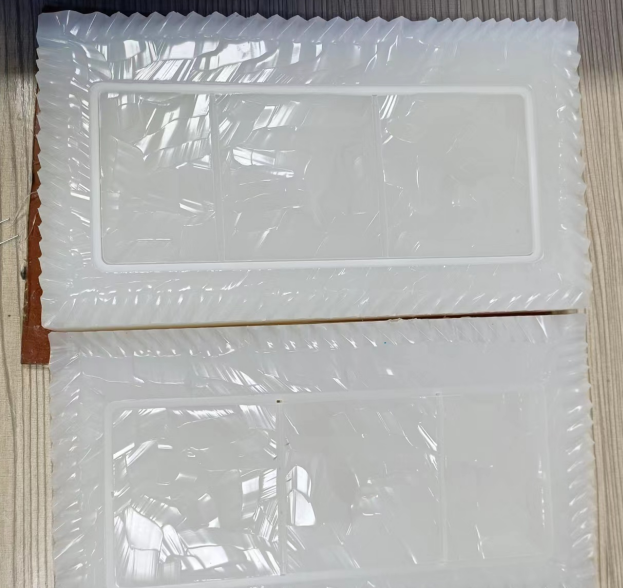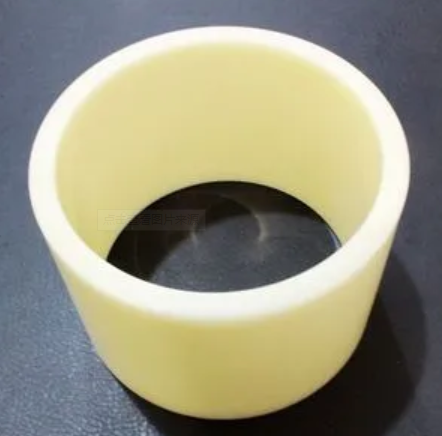Exterior and interior parts are important components of a car, such as front and rear bumper skins, spoilers, and side skirts; interior parts are the parts that come into contact with the interior of the vehicle, such as Dashboard, sub-dashboard and door guard, etc.
It is precisely because the interior and exterior parts are very important to the appearance and use of the car, and most of these parts are injection molding. The reason is that the molding consistency of injection molding process parts is good, and parts with relatively complex shapes can be formed. Although the price of molds for formal production is high, the efficiency in production is high and the price of parts is relatively cheap. Therefore, in order to ensure that the actual parts can meet the design visual effect, ergonomic requirements and meet the assembly structure requirements, it is necessary to arrange the manufacture of rapid prototyping for loading verification before the development of formal molds. The use of rapid prototyping to test designs can greatly speed up time to market, reduce development costs, and shorten product development cycles.
At present, the mainstream manufacturing methods for rapid prototyping of interior and exterior trim parts in the domestic and foreign automobile industries are mainly divided into:
CNC machining parts,
3D printing,
Soft mold (silicone mold and fiberglass mold),
Reaction injection molding , etc.
The principles and application scenarios of these methods are introduced below.
CNC machining parts
CNC machine tool processing parts generally refer to the use of CNC machine tools to directly process materials such as ABS, nylon and other block plastics into the required shape (if the size is less than 300 mm and If the structure is simple, it can be directly processed and formed at one time. If the structure is irregular or the size is larger than 300 mm, the parts are generally divided into multiple small pieces and processed separately), and then spliced and assembled to finally obtain parts that meet the design requirements.
This method of manufacturing rapid prototyping appeared first, with relatively short product processing cycle and low purchase price. It is mainly used for small and medium-sized parts with relatively simple structure and small demand, such as pillars, sub-dashboards and door guards.Due to the shape requirements of automotive interior and exterior parts, usually the processed parts are irregular round or square. When the size of the part is larger than 300 mm or the structure is irregular, if a whole piece of plastic is directly used to process the part, it will cause Costs multiply.
Therefore, when actually manufacturing parts with irregular shapes, the parts are divided into several parts according to the structural characteristics, and then rough machining is performed to obtain a rough shape. Finally, finish machining together, which can effectively reduce the material waste caused by the part structure and reduce the cost of the part.
The disadvantage is that on the back of the parts, there are obvious bonding traces between the parts of each part, and the bonding position of the parts is weak and easy to crack.
3D printing technology is a technology based on digital model files, using bondable materials such as powdered metal or plastic, to construct objects by layer-by-layer printing. 3D printing technology has a wide range of applications, and rapid prototyping is one of the important directions of its application.
The sample produced by 3D printing has a shorter cycle time and can realize special-shaped structure printing. The overall dimensional accuracy can be adjusted according to actual needs to meet the different needs of different occasions. Generally, the range of parts that can be manufactured by 3D printing is the same as that processed by CNC machine tools, and it is suitable for rapid prototyping of parts such as pillars, sub-dashboards and door guards.
Plastic materials commonly used in 3D printing include ABS plastic [terpolymer of three monomers of acrylonitrile, butadiene, and styrene], nylon, nylon plus glass fiber, and transparent photosensitive resin. The advantages of ABS plastic are low unit price and good formability, suitable for structural parts that do not require high strength; nylon has good strength performance and better heat resistance than ABS plastic, but the price is higher. Nylon plus glass fiber is the performance of ordinary nylon Enhanced version, suitable for parts with higher strength requirements; 3D printing photosensitive resin, commonly known as UV resin, is mainly composed of polymer monomers and pre-polymers, which is added with a photoinitiator. Under the irradiation, it will immediately cause a polymerization reaction and complete the solid conversion. The photosensitive resin has the advantages of fast curing speed, high molding precision, good surface effect, high mechanical strength (equal to ABS strength), low odor, strong versatility and storage resistance.
Soft mold
Soft molds mainly refer to silicone molds and fiberglass molds. Silicone molds are generally processed by CNC machine tools or 3D printed to obtain the design parts, and then use the parts for rapid reproduction to make molds. The production process is short in cycle and low in cost, and can be produced by vacuum injection molding, pressure injection molding and low-pressure infusion. The silicone mold production process is suitable for small batch production (less than 100 pieces), products with high requirements for product material strength and dimensional accuracy, and the product performance is close to conventional ABS plastic.
The silicone rubber used for molding is a two-component liquid silicone rubber, and there are two types of condensation molds and addition molds according to the rubber components. Generally speaking, condensation-type silicone has low shear strength and is easily torn during mold manufacturing, so it is suitable for parts with simple structure and few ribs; addition-type silicone has good mechanical properties and heat aging resistance, and is suitable for manufacturing Molds with high relative size requirements.
At present, small batches of parts produced by silicone molds have been widely used in the trial production of interior and exterior trim samples in the early stage of automobile development. The most widely used parts are decorative small and medium-sized injection molding structural parts such as door guards, pillars and door sill guards in automotive interiors.
FRP (fiber reinforced plastics, FRP) is a composite material that uses glass fiber and its products (glass cloth, tape, felt, yarn, etc.) as a reinforcing material and synthetic resin as a matrix material.
Based on FRP material, similar to silica gel molds, FRP molds made by rapid flipping technology are usually used for compression molding such as car roof trims and carpet trims, and medium and large decorative parts with simple structures. FRP molds are suitable for parts produced by molding process, blister forming process and foam forming process.
The general production process of FRP molds is: part modeling → brushing the master mold → brushing the convex mold → brushing the concave mold → NC processing → welding the mold frame → mold testing → partial correction → acceptance. Usually, the development cycle of a pair of glass fiber reinforced plastic molds is about one week, and the cost is only 1/10 of the formal mold, which is a short-cycle and low-cost sample trial mold. This mold production method can also meet the manufacturing needs of small batch products (100-1000 sets).
Reaction injection molding
Reaction injection molding refers to mixing two or more low-viscosity liquids in a certain proportion under certain pressure and temperature conditions, and then injecting them into a closed molding mold immediately, and forming plastic products after further reaction in the mold. This shaping reaction process.
The biggest difference between reaction injection molding and ordinary injection molding is that the equipment used in reaction injection molding is simple, the mold can be enlarged, the strength and surface quality of the molded parts are good, and it can also meet the needs of small batch production with stable dimensions, and the thickness of the molded parts can meet 6 ~ 25 mm; the disadvantage is that the price of a single product is relatively high, and parts with complex structures cannot be molded.
Reaction injection mold materials can be low-priced materials such as epoxy resin and cast aluminum, and the cost is significantly lower than that of formal injection molds. It is usually suitable for small-batch production and trial production of 100-200 sets/month of parts.
Molds for reaction injection molding are usually directly obtained by CNC machining. Since the structure of reaction injection molding molds is relatively simple and the amount of mold processing is small, the mold processing cycle is generally about 12 days, and then assembly debugging and mold testing are carried out. This stage takes 3 days about. It reflects that injection molding is prone to difficult demoulding. If this problem can be solved, the mold will not have a key problem affecting production.
Compared with ordinary injection molds, automatic movement structures such as inclined top ejection and slider ejection are less used in reaction injection molds, and parts with negative angles and side holes cannot be produced normally (the efficiency is very low).
Reaction injection molding is usually used for the manufacture of large exterior parts with simple structures and high strength requirements such as fairings, skirts and truck front bumpers, and is currently widely used in the field of commercial vehicles.
As more and more new car-making forces enter the auto industry, the diversified Internet thinking elements they bring will also be displayed through car-making, and car consumers are gradually adapting to this diversified vehicle style, which in turn requires traditional Car companies should speed up the pace of innovation, otherwise they will be abandoned by the trend.
In the early stage of car manufacturing and development, prototypes are obtained through rapid prototype manufacturing of interior and exterior parts for display, and design adjustments are made according to market feedback, so as to obtain a trial and error opportunity, which can save a large part of development costs and shorten the development cycle. Therefore, the manufacture of rapid prototypes will be used as a stage of vehicle development for a long time.
This article only introduces the general application of several methods and applications of rapid prototyping commonly used at present. With the development of technologies in the fields of corresponding materials and production processes, more manufacturing processes will be derived in the future. The actual design and development When choosing the corresponding scheme according to different needs, the balance between low cost and short cycle can be achieved.
If you have any interest and questions about rapid prototyping, please send us an email at the following email address to contact us for more information. We are ready to help you online at any time.
Email: info@chapmanmaker.com
Post time: Feb-17-2023
